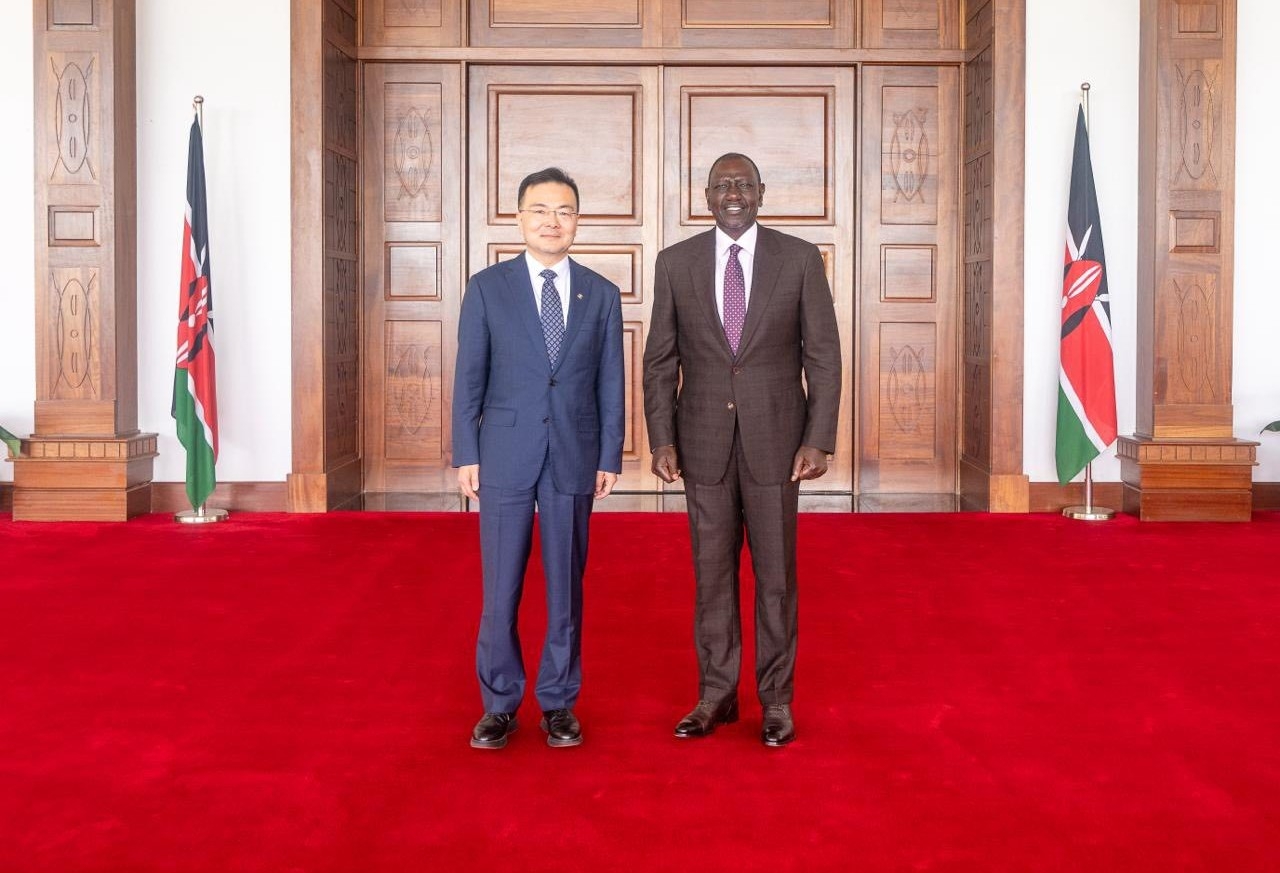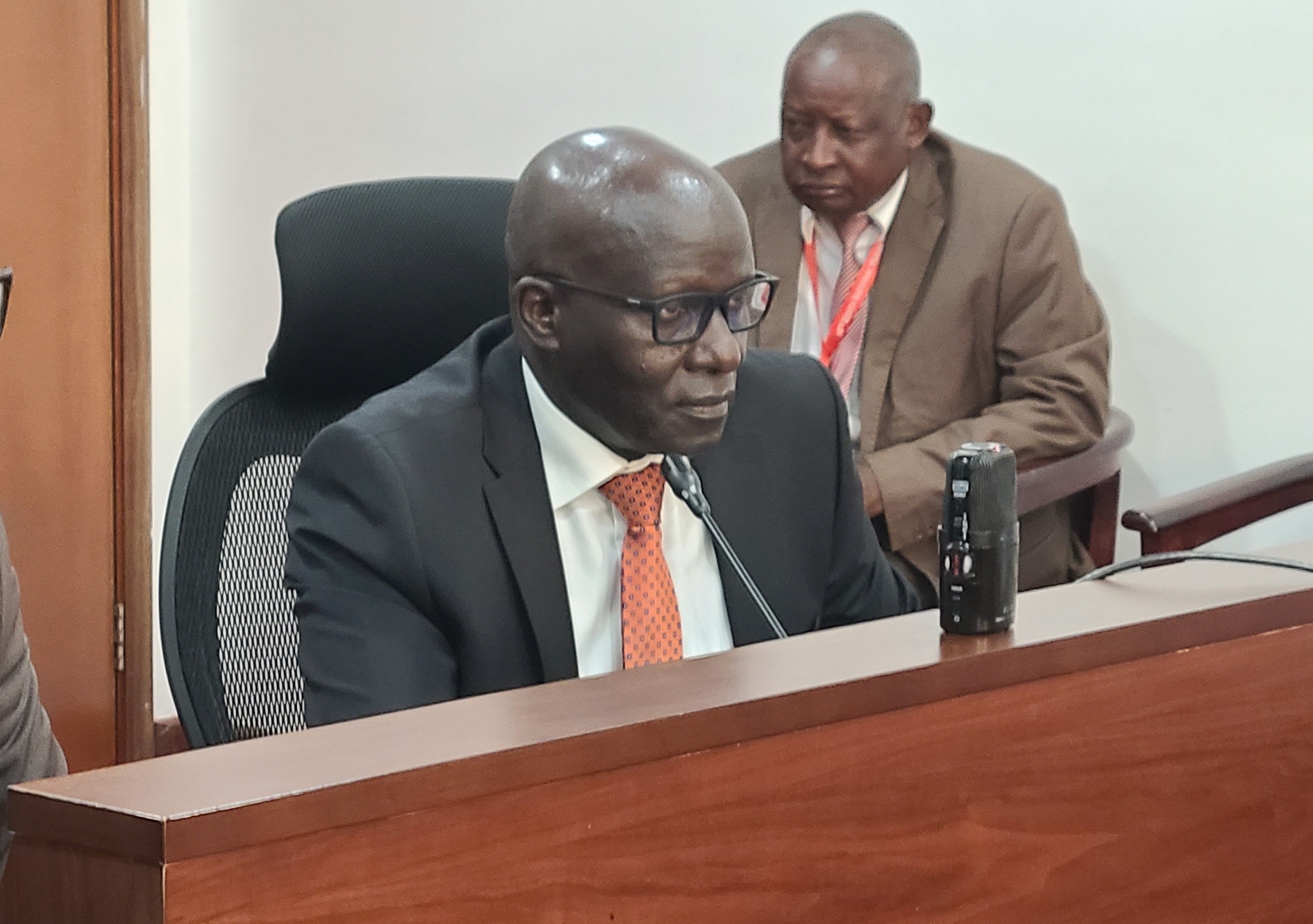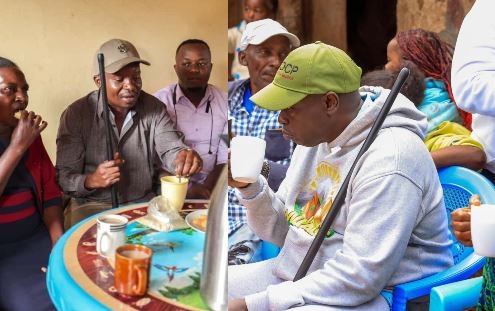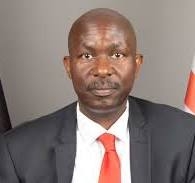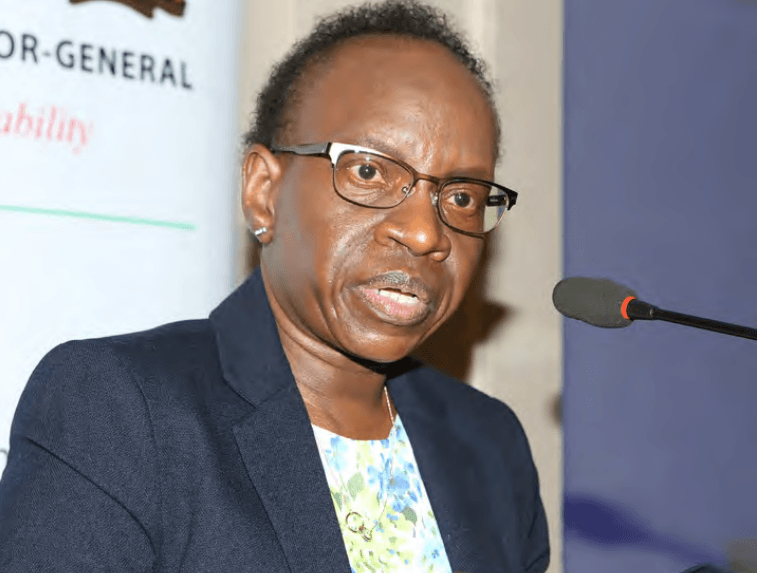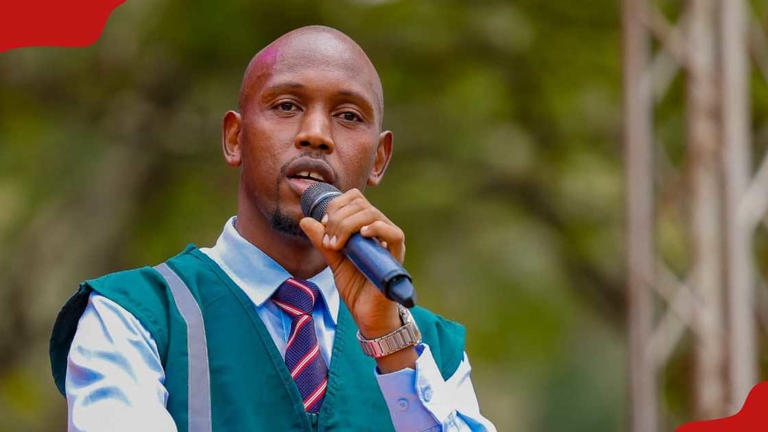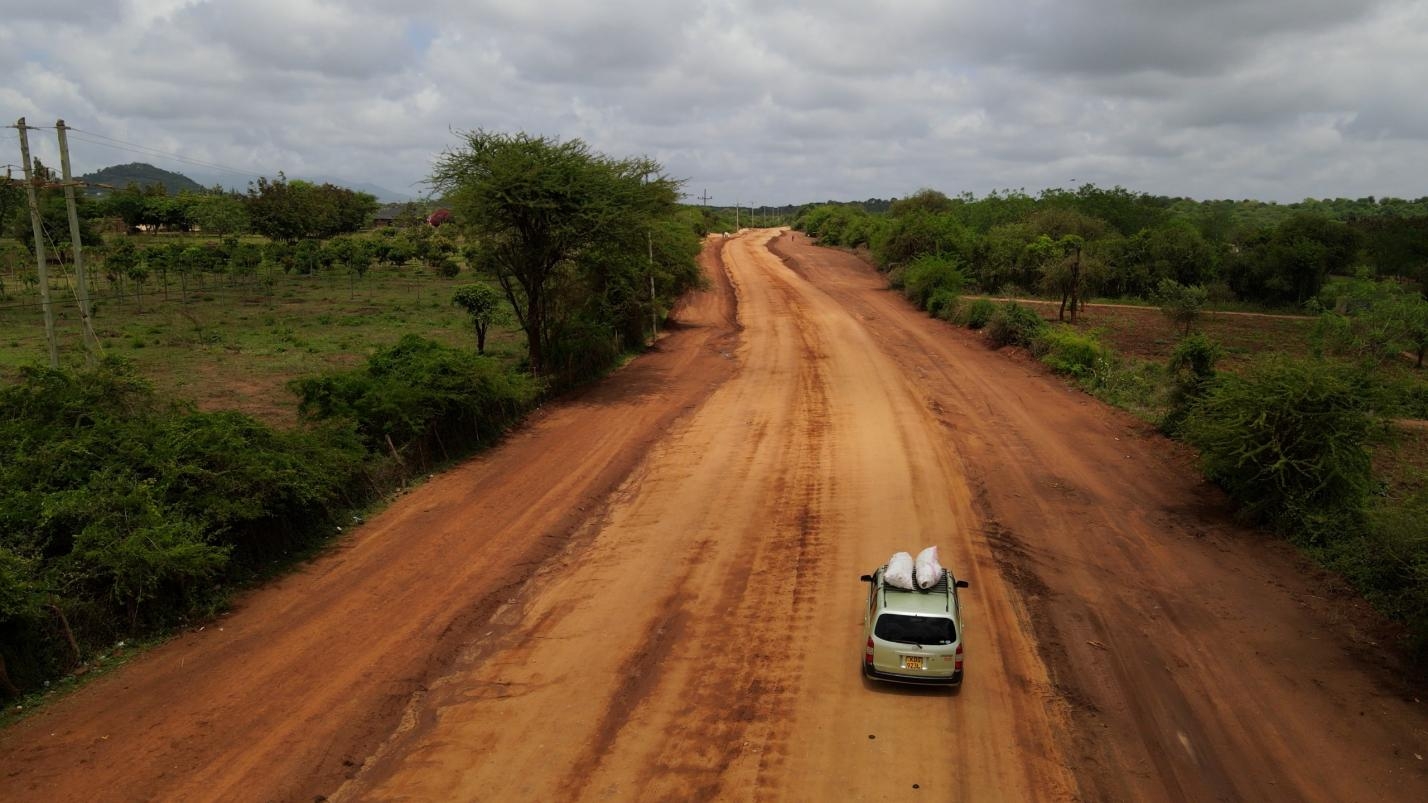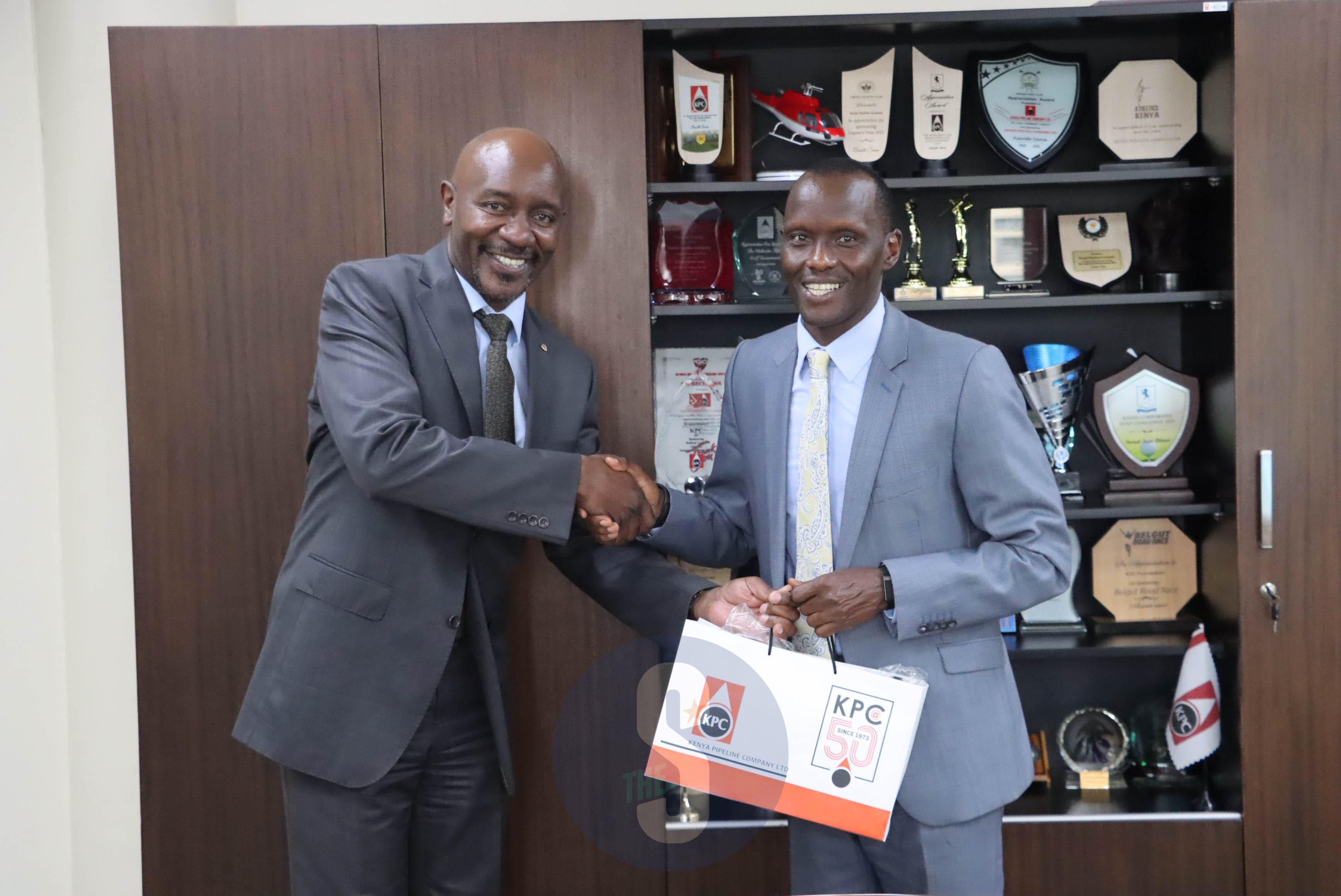Torrents of lava poured into villages in eastern Democratic Republic of the Congo with little warning, leaving at least 15 people dead and destroying more than 500 homes.
The eruption of Mount Nyiragongo on Saturday night sent about 5,000 people fleeing from the city of Goma into Rwanda.
Another 25,000 others sought refuge to the northwest in Sake.
But what exactly does a volcano eruption entail?
A volcano is a mountain or hill which has a crater or vent through which lava, rock fragments, hot vapour, and gas that can erupt through the earth's crust.
The Earth that we live in is so hot that some rocks slowly melt deep within and become a thick flowing substance called magma.
Also, melting may happen where tectonic plates within the earth are pulling apart or where one plate is pushed down under another. Plate tectonics explains the features and movement of Earth's surface.
Since the substance is lighter than the solid rock around it, the magma will rise and collect in magma chambers within the mountain.
Eventually, some of these magma flows will push through vents and fissures within the earth to the surface.
However, if the magma is thin and runny, it will be hard for it to explode. But if it is thick and sticky, gases cannot escape easily, this leads to pressure building up until the gasses escape violently and explode.
Magma that has erupted is called lava and can blast out racing down mountainsides destroying everything on its path.
During the blast, ashes from the lava that were thrown into the air falls back to the earth like snow but hot as burning charcoal.
The ashes are gases and rocks which shoots up through the opening and spill over or fill the air with lava fragments.
If it is thick enough, blankets of the snow like ashes will suffocate everything on its way.
Lava then cools slowly because lava is a poor conductor of heat. Lava flows slow down and thicken as they harden.
Another way a volcanic eruption will happen is when water underneath the surface interacts with hot magma and creates steam, this can build up enough pressure to cause an explosion.
According to the national geographic, another way volcanoes can form is what's known as hotspot volcanism.
In this situation, a zone of magmatic activity—or a hotspot—in the middle of a tectonic plate can push up through the crust to form a volcano.
Although the hotspot itself is thought to be largely stationary, the tectonic plates continue their slow march, building a line of volcanoes or islands on the surface.
What are the different stages of volcanoes?
Volcanoes can be categorised into three main categories: active, dormant, and extinct.
According to weatherwizkids, an active volcano is one which has recently erupted and there is a possibility that it may erupt soon.
A dormant volcano is one which has not erupted in a long time but there is a possibility it can erupt in the future.
An extinct volcano is one which has erupted thousands of years ago and there’s no possibility of eruption.
There are more than 1500 active volcanoes on the Earth.
On any given day, scientists estimate 20 volcanoes worldwide are erupting on the land.
Still more are probably erupting underwater, but scientists don't have enough instruments to detect them.





